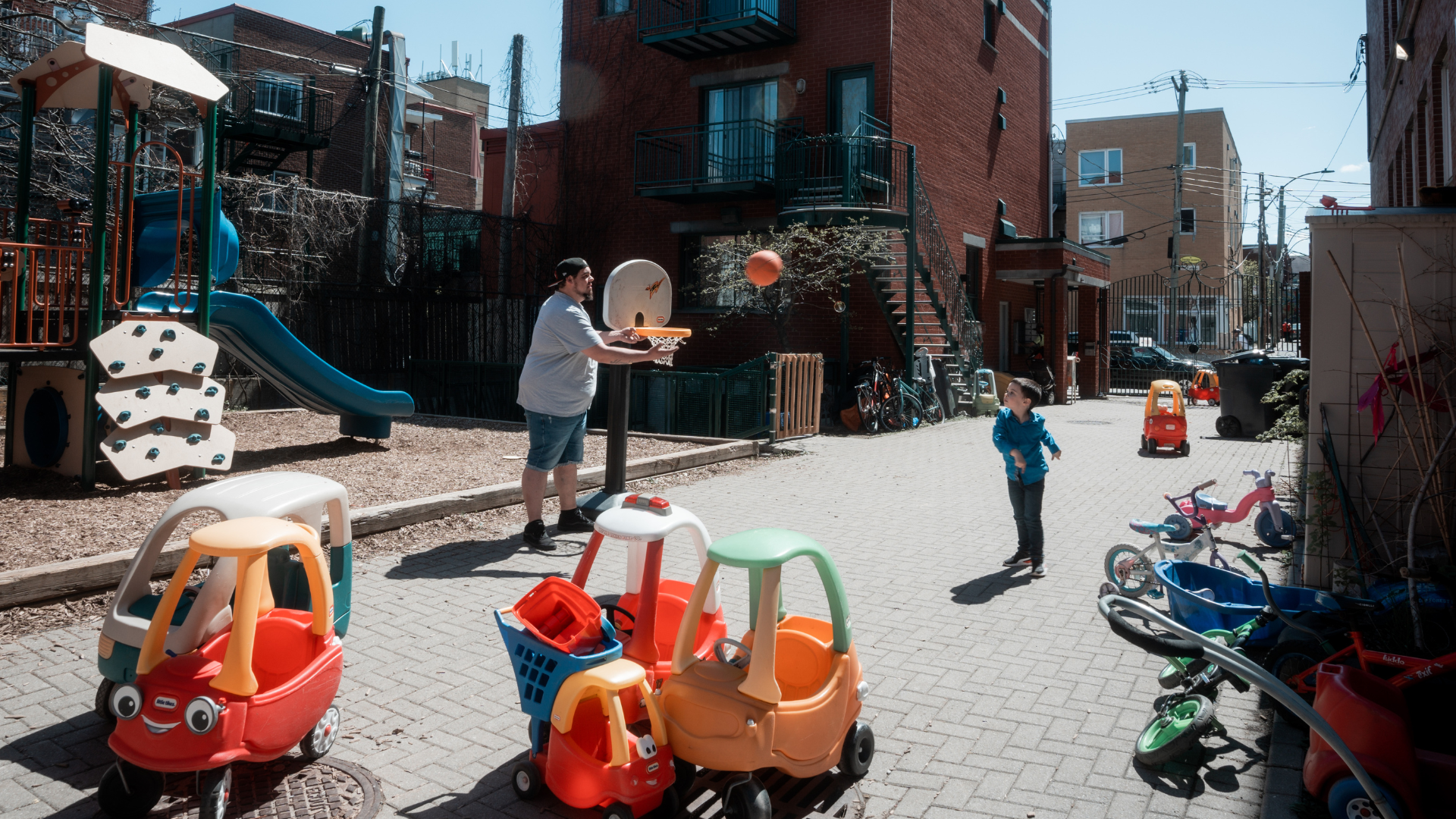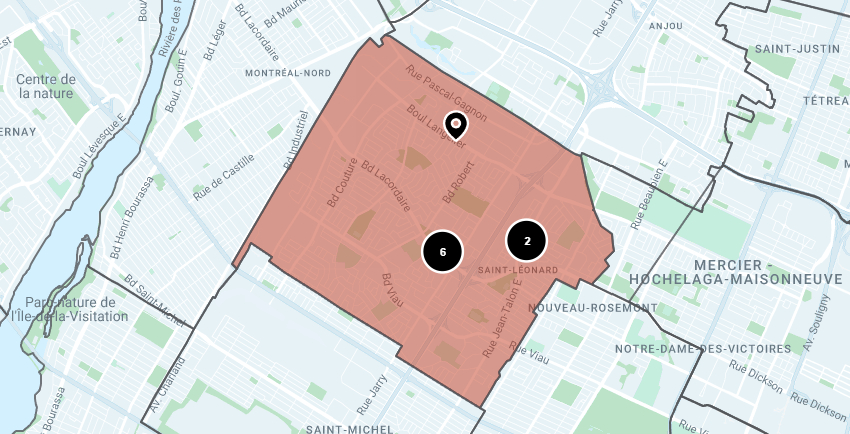
Saint-Léonard
Snapshot of
Saint-Léonard

Discover key facts
👶🏻 Population – contrasting age structure
The neighborhood is characterized by a strong presence of children aged 0 to 17 (23%) and seniors (19%). Like many neighborhoods in the north of the island, Saint-Léonard ranks among Montreal neighborhoods with the highest proportions of young people.
📍 Poverty – below the Montreal average
8% of the neighborhood’s population (6,510 people) live on low income, one of the lowest rates in Montreal (11%). Nearly half of these residents live in Saint-Léonard-Sud (3,000 people), which also has the highest poverty rate in the neighborhood (11%). Across all sectors of Saint-Léonard, children aged 0 to 5 are the most affected by poverty, with an average rate of 12% across the neighborhood. This contrasts with the situation in Montreal overall, where adults are generally the most at risk. Despite lower poverty rates, many residents have modest incomes and remain in a precarious financial situation.
✏️ Low educational attainment (without a high school diploma) – higher than Montreal
The proportion of adults aged 25 to 64 without a high school diploma reaches 13%, compared with 9% in Montreal. The rate rises to 14% in Saint-Léonard-Sud, which accounts for more than 40% of the 4,945 adults in the neighborhood without a diploma (2,185 people).
🌎 Immigrant population – historic settlement neighborhood
Immigrants represent 47% of the population (36,310 people), well above the Montreal average (33%). Saint-Léonard is characterized by long-established immigration: the vast majority of residents who immigrated have lived in Canada for more than five years, and newcomers are less numerous than in other Montreal neighborhoods.
👨🏾🤝👨🏼 Diversity – strong representation of visible minorities
47% of residents (36,305 people) belong to a visible minority group, compared with 38% in Montreal. The proportion reaches 50% in Saint-Léonard-Sud.

Dashboard
Consult this dashboard to access a wide range of demographic, socio-cultural/economic, and living-condition data.



